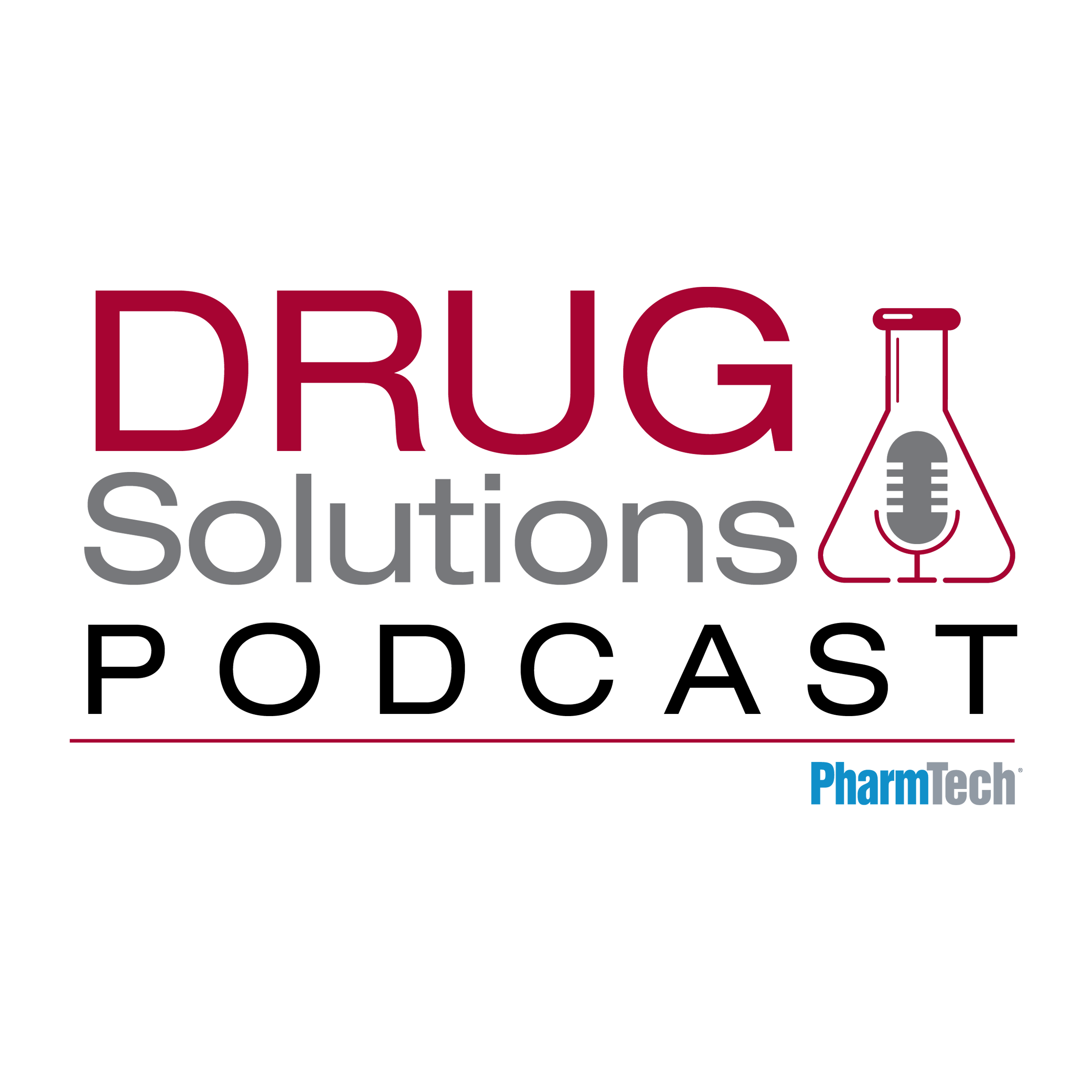News
Article
PTSM: Pharmaceutical Technology Sourcing and Management
PTSM: Pharmaceutical Technology Sourcing and Management
The Changing Business Models for Innovator-Drug and Generic-Drug Companies
Author(s):
The traditional lines of demarcation between innovator-drug and generic-drug companies are blurring as each sector responds to changing industry fundamentals.
The expected revenue fall of major drug companies as they face patent expiration of key drugs, the decline in new product introductions, ongoing cost-containment efforts in healthcare expenditures in established markets in the United States and Western Europe, and pharmaceutical industry growth in emerging markets, have laid the foundation for innovator-drug and generic-drug companies to develop strategies to respond to these changing industry fundamentals. The net result is a blurring of the traditional strategic boundaries between innovator-drug and generic-drug companies. Innovator-drug companies are seeking to diversify and build their positions in generics, which includes product positions in emerging markets. In turn, the major generic-drug companies have to decide how to best avail themselves of the large opportunity resulting from the wave of patent expiries as well as their own diversification into new drug development.
Changing industry fundamentals
Blockbuster patent expirations, pressure to control healthcare spending, a decline in productivity in research and development (R&D), and the rise of emerging markets are four major trends affecting the direction of the global pharmaceutical market, pointed out Kimberly Wagner, senior partner and managing director at The Boston Consulting Group. Wagner spoke at the Drug, Chemical and Associated Technologies Association’s (DCAT) Business Development Forum held during DCAT Week in mid-March.
The decline in R&D productivity is evident by the decline in the number of approvals for new molecular entities (NMEs) during the past two decades. Wagner pointed out that between 1990–1999, an average of 45.1 NMEs were approved annually. This figure declined to an average of 32.4 NMEs approved annually between 2000 and 2004, and further declined to 22.4 NME approvals between 2005–2009.
The rise of emerging markets is another important trend as shown by shifting population trends. Although the US and Europe currently represent the largest areas for healthcare spending, population patterns favor emerging markets, particularly Asia. Wagner pointed out that Asia accounts for 56% of the world’s population, Africa 13%, Latin America 9%, and the Middle East 7%. In contrast, North America accounts for only 5% of the world’s population and Europe 10%. As economies, particularly in India and China, continue to grow, and the middle class in those economies expand, these markets will rise in importance for healthcare expenditures, including pharmaceutical expenditures.
Wagner pointed out, however, that the criteria for success in established markets and emerging markets differ. “In established markets, product strategy evolves around new chemical entities, a long innovation cycle, building a strong patent position, and seeking registration or approval of pharmaceutical products in the US and European Union,” she said. “In contrast, the criteria for success in emerging markets evolve around line extensions and fixed combinations, a rapid innovation cycle, speed to market, brands, and local registration,” she said. With these requirements, the emphasis in emerging markets is on local manufacturing, low-cost sourcing and manufacturing, and product registration of multiple small products that can be differentiated at a local level, explained Wagner. For established markets, the product strategy is different, marked by an emphasis on achieving higher scale in manufacturing to meet larger volumes, the use of imports from high-cost countries such as the US or countries in Western Europe, and more reliance on the global blockbuster model.
In addition to adapting a strategy to serve emerging markets, Wagner pointed out that the changing fundamentals are obliging innovator-drug companies to place a greater focus on life-cycle management in their product portfolios and to seek diversification in adjacent businesses as a means to develop additional revenue streams. This diversification can involve building a position in generics, over-the-counter drug products, diagnostics, nutritionals, medical devices, and medical technologies.
Generic-drug companies also have to adapt their strategies to the underlying trends of blockbuster patent expirations, healthcare cost pressures, the decline in R&D productivity, and emerging markets, said Wagner. “For blockbuster patent expirations, the key is taking advantage of the anticipated industry blockbuster LOE [loss of exclusivity] and to take action to adapt to future substrate gaps,” she said. “Generic-drug companies will need to achieve deeper penetration in established markets and continue expansion in emerging markets,” she added. She anticipates continuing consolidation in the generic-drug sector as a way for companies to gain scale and optimize their cost structures at both the manufacturing and commercial levels. Moreover, generic-drug companies will further have to adopt to demand for product innovation by developing value-added generics either through new combinations or formulations as well as by experimenting with risk-sharing and innovative partnership models in R&D not only for valued-added generic products but also for innovative products, she said.
“What we see now is a trend toward diversification into adjacent spaces by innovator-drug companies and generic-drug companies,” said Wagner. Sectors that were once separated (i.e., bulk and fine chemicals, generics, branded and value-added generics, line extensions, and innovative drug development) that had clear delineation between innovator-drug and generic-drug companies are now becoming blurred, she explained. Generic-drug companies are seeking to strengthen their positions in value-added generics and novel drugs. Innovator-drug companies are seeking a presence not only in innovative-drug products but also in generics through line extensions, branded and value-added generics, and generics overall as part of their greater attention to product life-cycle management. “The key question is what will happen when they meet in the market,” said Wagner.
Innovator-drug companies position in generics
Recent activity by several Big-Pharma companies reflect the increased interest in diversification strategies such as building a position in generics to strengthen their position in generics but also in emerging markets. For example, Novartis, through Sandoz, its generic-drug business, had 2009 sales of $7.5 billion in generic drugs and added to that position in 2009 by acquiring the generic oncology injectables business of EBEWE for EUR 925 million ($1.3 billion).
In March 2010, AstraZeneca (London) signed a license and supply agreement with the Indian drug company and manufacturer Torrent Pharmaceuticals, under which Torrent will supply to AstraZeneca a portfolio of generic medicines for emerging markets. In 2009, GlaxoSmithline (GSK, London) partnered with India’s Dr. Reddy Laboratories (Hyderabad, Andhra Pradesh, India) under which Dr. Reddy will manufacture and supply drugs to GSK, which will license and comarket the drugs in various countries in Africa, the Middle East, Asia-Pacific, and Latin America. In December 2009, GSK extended its strategic relationship and acquired a 19% stake in the South African pharmaceutical company Aspen PharmaCare to serve emerging markets.
Earlier this year, Pfizer formed a collaboration with India’s Strides Arcolab under which Pfizer will commercialize off-patent sterile injectable and oral products in the US. The finished dosage-form products will be licensed and supplied by Strides, Onco Laboratories, and Onco Therapies, two joint ventures between Strides and Aspen PharmaCare. And in 2009, Pfizer partnered with two Indian pharmaceutical manufacturers: Aurobindo Pharma and Claris Lifesciences. Under the deal with Aurobindo, Pfizer acquired the rights to 55 solid oral-dose products and five sterile injectables in 70 emerging markets and will commercialize those products. Pfizer also acquired the rights to 15 generic injectables from Claris Lifesciences.
Also, sanofi-aventis enhanced its generic-drug portfolio and position in emerging markets during the last two years with several acquisitions of generic-drug companies: Zentiva (Czech Republic), Kendrick (Mexico), and Medley (Brazil). And the Japanese pharmaceutical company Daiichi Sanyko (Tokyo) acquired a majority stake in the Indian pharmaceutical company Ranbaxy Laboratories (Gurgaon, Haryana, India) in 2008.
Generic-drug companies position in new drug development
In turn, several major generic-drug companies have had and continue to build their positions in innovator-drug development. Teva Pharmaceutical (Jerusalem), for example, the largest generic-drug manufacturer, has a proprietary R&D pipeline in three specialty areas: neurological disorders, autoimmune diseases, and oncology. The company has two marketed innovative products: the multiple sclerosis drug Copaxone (glatiramer acetate) and Azlitect (rasagiline), a drug to treat Parkinson’s disease, which respectively garnered sales of $2.8 billion and $243 million in 2009. Mylan (Pittsburgh) has branded pharmaceutical sales through its Dey specialty pharmaceutical business. Dey focuses on the development, manufacture, and marketing of innovative drugs in the respiratory and severe allergy markets. This business garnered sales of $455.7 million in 2009. Other examples of generic-drug companies with positions in innovative drugs include: Watson (Corona, CA), which has branded drugs focusing on urology and women’s health, and Par Pharmaceuticals (Woodcliff Lake), which has branded products through its Strativa Pharmaceuticals division. And Dr. Reddy’s Laboratories has a proprietary drug-discovery business through its subsidiary Aurigene and has branded sales and a pipeline of proprietary dermatological drugs through its subsidiary Promius Pharma.
Newsletter
Get the essential updates shaping the future of pharma manufacturing and compliance—subscribe today to Pharmaceutical Technology and never miss a breakthrough.




